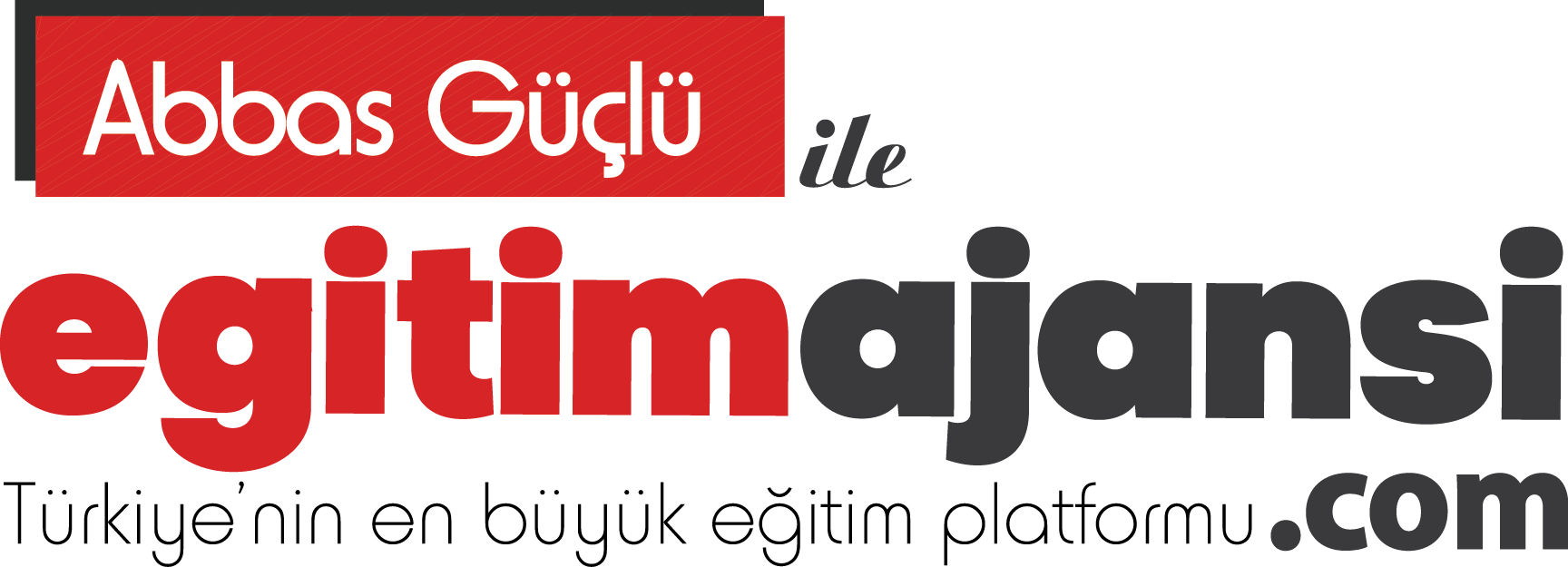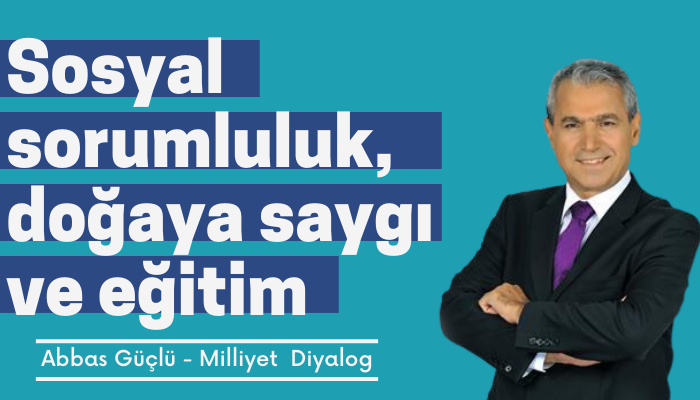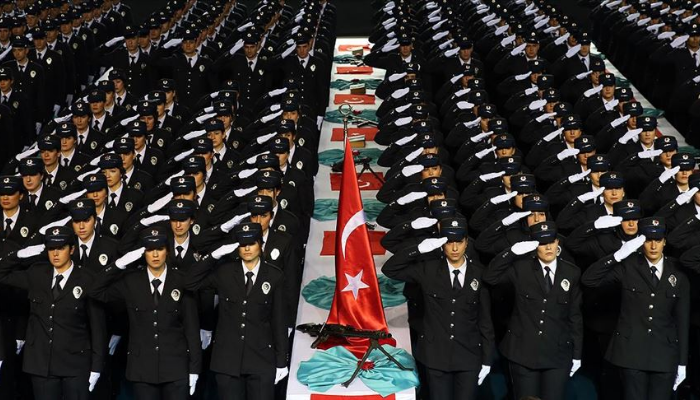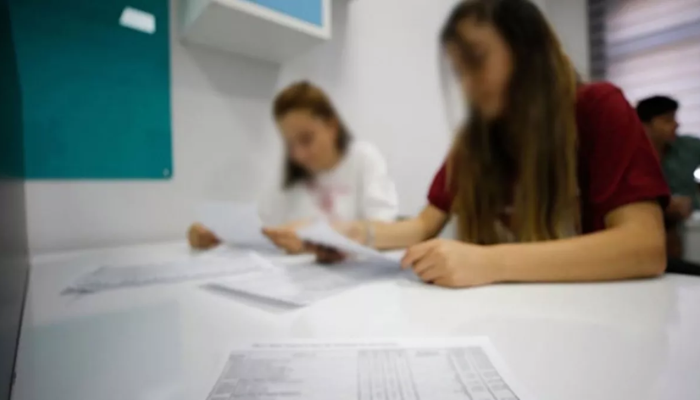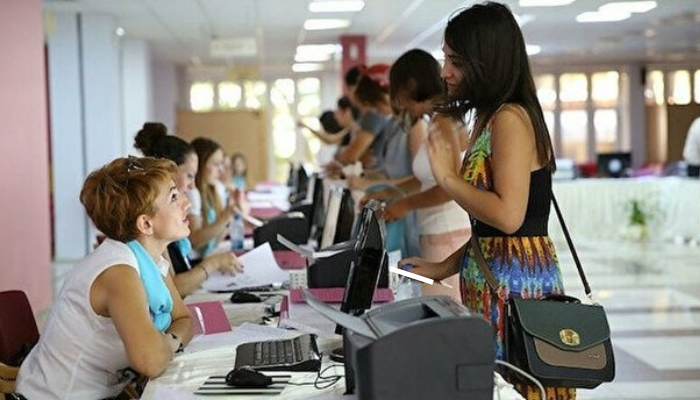Private School Pupils Keep University Advantage
Private school pupils are more likely to go to top universities, despite efforts to widen access, data suggests.

Some 64% of privately educated A-level students got into the most selective universities in 2010-11, against 24% of state school pupils.
But the chances of the very poorest pupils have improved according to official figures.
The government said record numbers of disadvantaged 18-year-olds had applied to university this year.
The Department for Business Innovation and Skills (BIS) data is published a week before this year's A-level results for almost 300,000 students.
Despite efforts by universities and the government to broaden access to university the statistics suggest privately educated students are not only more likely to go to university but are more likely to get places at institutions requiring better A-level results.
Poorest improve
The figures also suggest the chances of the poorest pupils are improving although they still lag behind their peers from better-off families.
In 2005-06 only 13% of pupils on free school meals made it to university. By 2010-11 this had improved to 20%, but the figure for pupils not on free school meals was 38%Prof Les Ebdon, director of Fair Access to Higher Education, called the improvement "very welcome news".
"More recent UCAS data suggests that this trend will continue, with higher rates of applications in 2013-14 from those from the most disadvantaged backgrounds than ever before," he said.
"The efforts of universities in widening access cannot be disputed. However, the overall participation gap between the most and least advantaged remains much too high.
"That's why I will continue to offer challenge and support to universities as they seek to identify, evaluate and share what works to ensure that everyone with the talent to benefit from higher education has an equal opportunity to participate."
The overall figures for pupils from comprehensives and colleges suggest that their chances may have worsened slightly.
Figures for 2006-07 suggest that 23% of of pupils from non-selective state schools progressed to selective universities - but by 2010-11 this had fallen to 20%.
Bursaries
The data predates the raising of fees to a maximum of £9,000 a year.
Any university planning to charge more than £6,000 a year has to sign an "access agreement" requiring them to spend around a quarter of the higher fee income on supporting poorer students in the form of fee waivers and bursaries.
A BIS spokeswoman said: "We want everyone with the desire and talent to be able to study at university, irrespective of their background.
"Our reforms mean students do not have to pay fees upfront, there is more financial support for those from poorer families and everyone faces lower loan repayments once they are in well-paid jobs.
"Most young people understand these changes, and this year the proportion of disadvantaged English 18-year-olds applying to university is at its highest level ever."
Dr Wendy Piatt of the Russell Group which represents 24 of the UK's most selective universities said that members of the group continued to "put a lot of effort into trying to help solve problems around access to higher education".
But she added it was important to maintain academic standards and said the progress of too many students continued "to be limited by levels of achievement at school and a lack of advice on A-level subject choices".
Emoji ile tepki ver!
Bu Haberi Paylaş :
Benzer Haberler
-
Yorumu Gönder
0 Yorum
Diğer Yorumlar (0)

